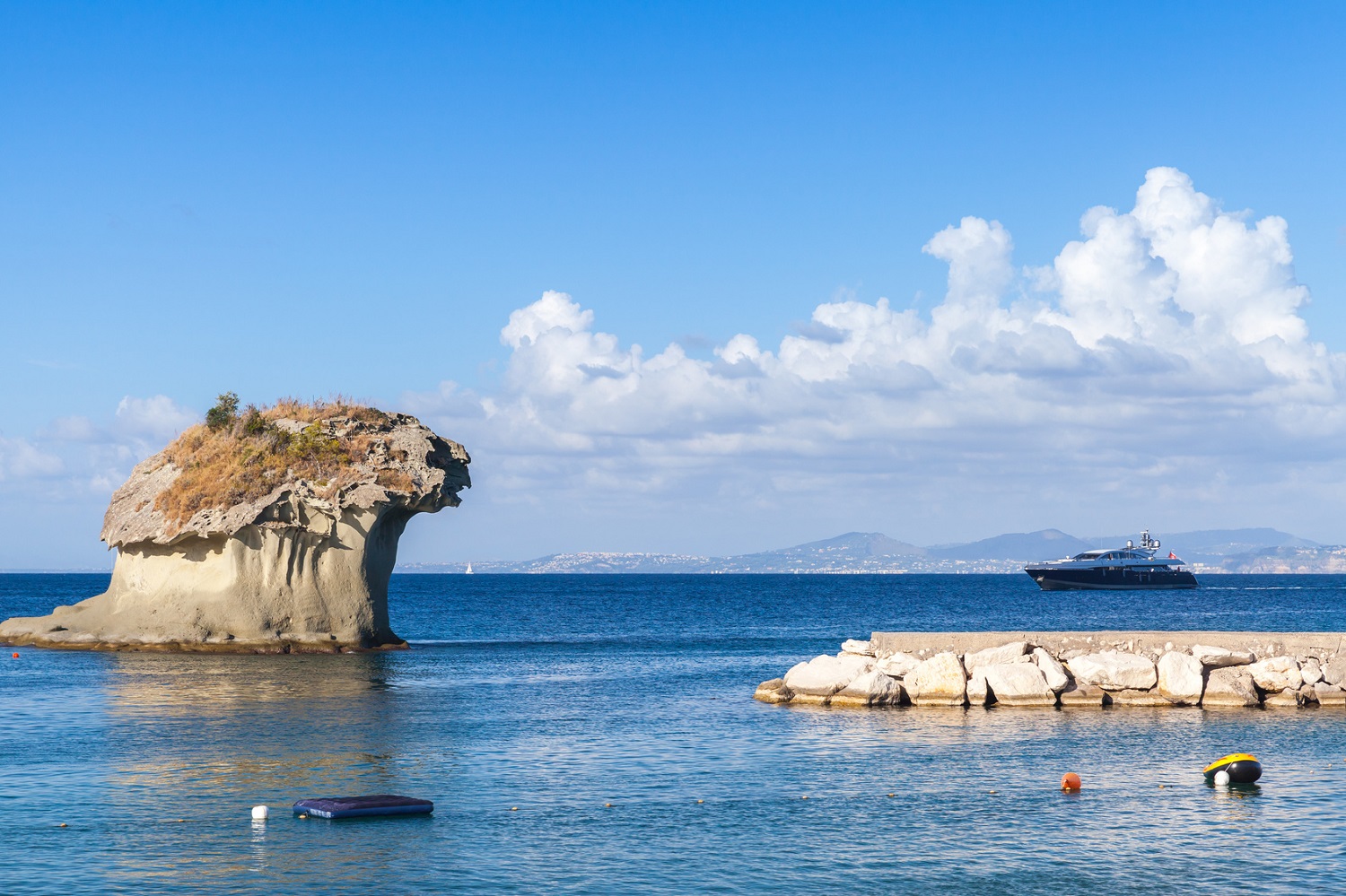ISCHIA
Last update 10/23/2018
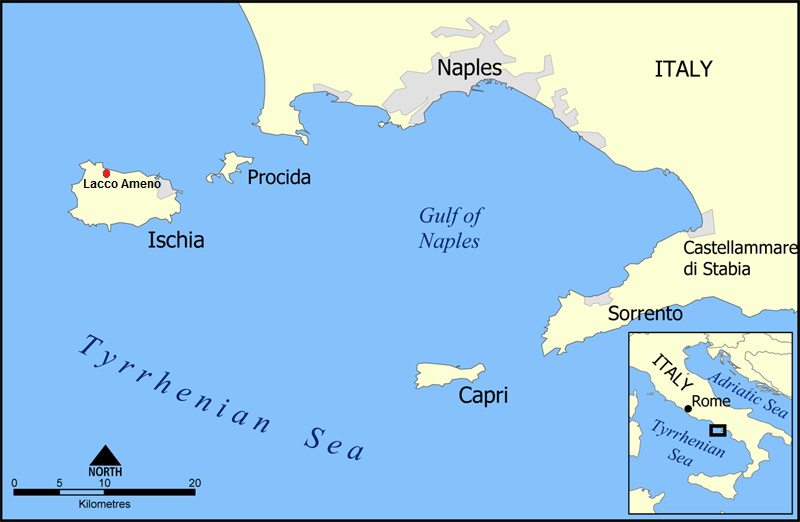
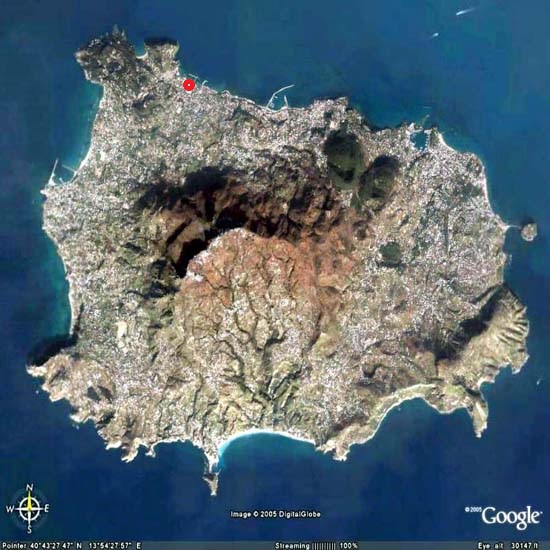
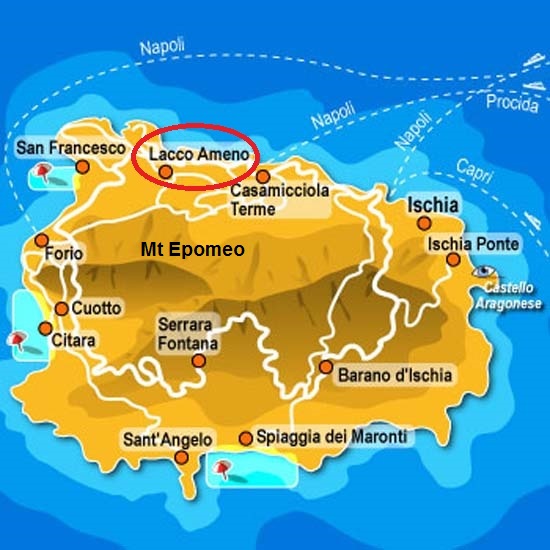
There is evidence of human habitation during the Bronze Age, from 2750 to 750 BC. By the 8th Century BC, the island was populated primarily with Greeks, plus Etruscans from the Italian mainland, and Phoenicians from the Middle East. The Greeks called the island "Pithekoussa", which is Greek for "Island of the Apes (or Monkeys)." There are no monkeys on the island today, and no evidence has ever been found that there ever were. But, the Greeks must have had some reason for giving it that name. When the Romans took over in 322 BC, they named it Aenaria, after one of the Greek heroes of the Trojan War, Aeneas. The current name appears for the first time in a letter from Pope Leo III to the Emperor Charlemagne in 813 AD, in which the pope refers to it as Iscla, which some sources say means "Black Island."
At its peak, the island was home to about 10,000 people. Most of them fled or were killed in the volcanic eruptions of 470 BC. Eventually, the island was repopulated with Neapolitans (people from Naples). The Romans seized Ischia (and Naples) in 322 BC.
From 6 AD through the 16th Century, Ischia was ruled and inhabited by Barbarians, Byzantines, Muslim Saracens, Germans, French, and Spaniards (Aragon). When Mount Epomeo erupted for the last time, in 1302, the population fled to the mainland and settled along the southwestern coast of Naples, where they remained for four years before returning to the island.
For the next 400 years, the island had a violent and disruptive history, constantly being invaded by one country after another, including Barbary pirates, until natural disasters returned, this time in the form of massive earthquakes. The great earthquake of 1883 killed more than 1700 people on the island and mostly destroyed the towns of Lacco Ameno and Casamicciola Terme on the northern coast. At the time of the earthquake, Raffaele Desiano and his wife Grazia Marzalla were living in Lacco Ameno and somehow survived. Their son, Vito Mario Desiano, was born in Lacco Ameno two years later on November 27, 1885.
Today, the island is known for its wine, corn, oil, fruit, tiles, pottery, and fishing. Its main industry, however, is tourism, centering on thermal spas that cater mostly to European (especially German) and Asian tourists eager to enjoy the fruits of the island's natural volcanic activity, its thermal hot springs, and its volcanic mud. For many of the inhabitants on the Italian-speaking island, German and English are second languages. This is because of the large number of German and English-speaking tourists who visit the island each year.
Lacco Ameno
According to mythology, the monster known as Tifeo (this is the local name but you may also find him named as Typhon or Typheus), angry with Zeus for the imprisonment of the Titans, sought to destroy the "Father of Gods and Men". Tifeo, a monstrous figure with flames gushing from his mouth and carrying a hundred dragon heads under his arms, did battle with Zeus and was almost victorious in his quest. Tifeo disabled Zeus by cutting through the sinews of his hands and feet, disarming Zeus of his most potent weapon - his thunderbolts. However, Zeus, with the aid of his son Hermes who restores his sinews, eventually overcomes Tifeo and as a punishment condemns the giant to imprisonment underneath the island of Ischia (as it is known today), and leaves Tifeo to vent his anger with earthquakes, flames and boiling hot water. As a testament to Tifeo's presence beneath the island, there are various towns named after parts of his body such as "Panza" which is local dialect for stomach and "Ciglio", meaning eyelid.
The town is also known for its "giant mushroom" that juts from the sea. While there are many legends about lovers and gods to explain the unique formation, the tufa rock called Il Fungo is the result of the volcanic activity that blessed the island with its hot mineral springs.
The town itself gets its name from the tufa stone: The Greek word lakkos means "rock". After the unification of Italy the municipality decided to embellish it a bit and added Ameno (Greek for pleasant). The result is indeed a pleasant place with a vibrant mix of rustic and upscale blending together. Lacco Ameno faces the beautiful Bay of Montano where rocky hills plunge into the sea and add interest to the landscapes. The nice shoreline offers both reefs and beaches, and boats bob happily in the bay.
Lacco Ameno is the smallest of the towns on Ischia. Its tree-lined streets and deluxe shops are attractive, accentuated by white houses, little churches and old palazzi facing the sea. Behind on Monte Vico is the Torre Aragonese tower that once watched for Saracen invasions, still standing guard. The main church is dedicated to the town's patron saint Santa Restituta and there is a museum attached to it. An archeological area, Pithecusae, displays the area's ancient origins.
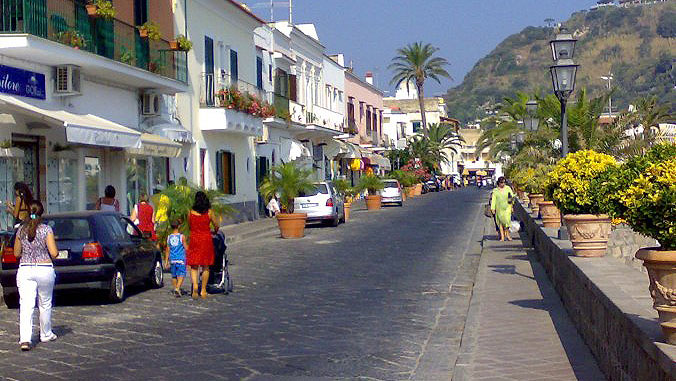
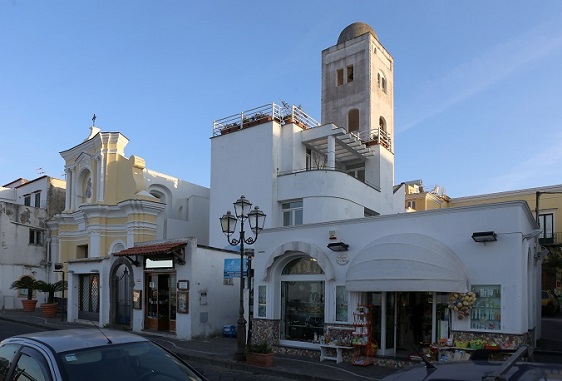

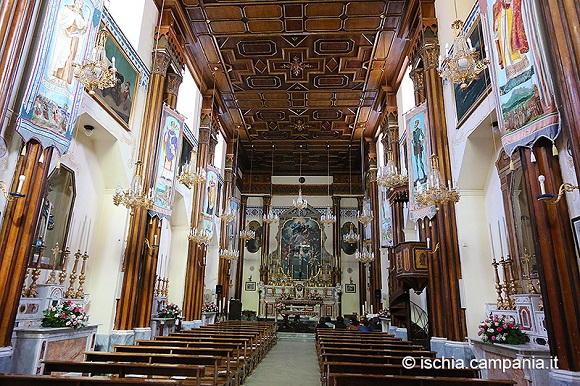
Every May 16 Lacco Ameno pays homage to their patron saint with a grand festa in her honor. The "virgin saint", Santa Restituta, was martyred in northern Africa and her body put on a boat, which was set aflame and put out to sea. The fire didn't consume her and the boat was guided ashore here "by the wings of angels" and her martyred body buried, and the church built in her name. The festa takes the statue of Santa Restituta aboard a boat for a benediction of the mariners. It is also the occasion to recall the sacking by the Turks in the early 1600s. They entered the church, knocked down the statue of the saint with a great scimitar and stole the bells from the tower. They loaded them in the boats and took off, but a storm came up and they were forced to throw the bells overboard to avoid sinking. The local fishermen dredged them out of the water and the storm immediately calmed.

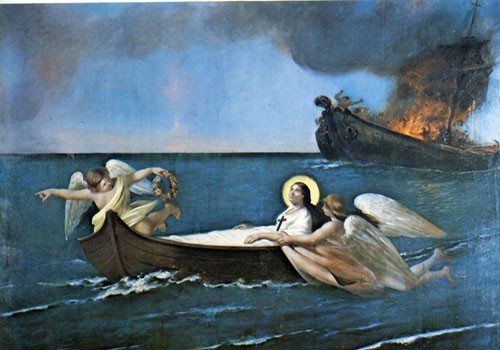
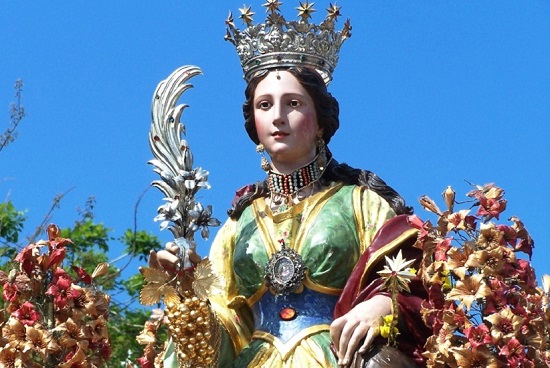
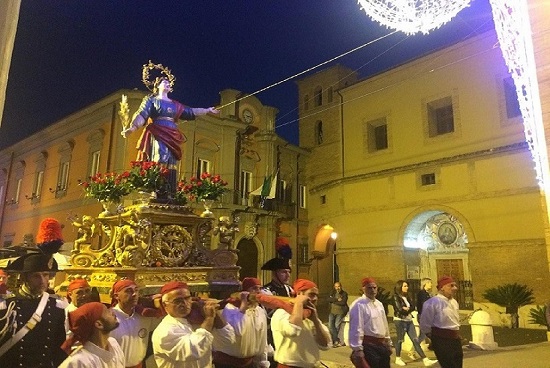
Photos of Lacco Armeno
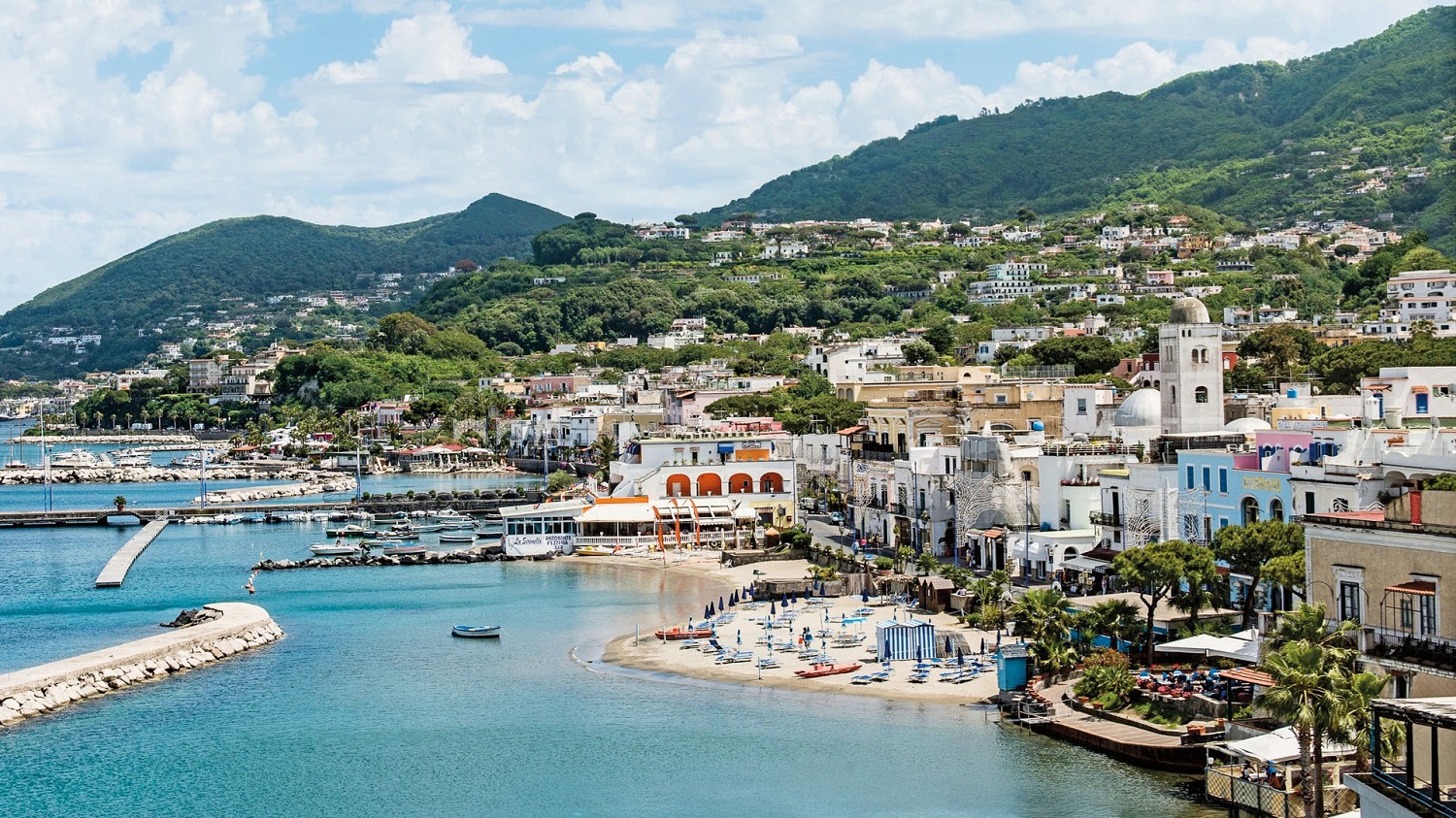
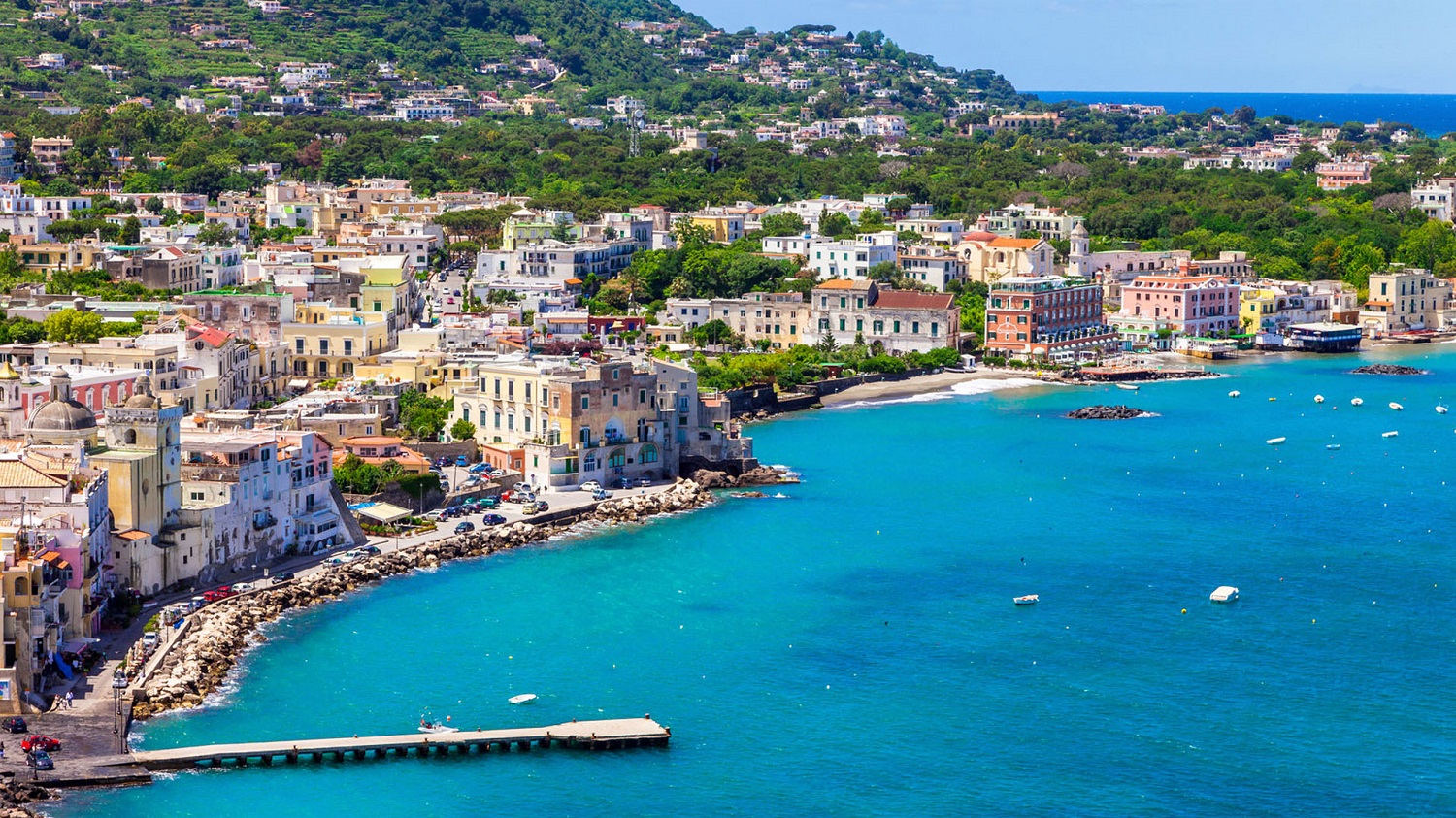
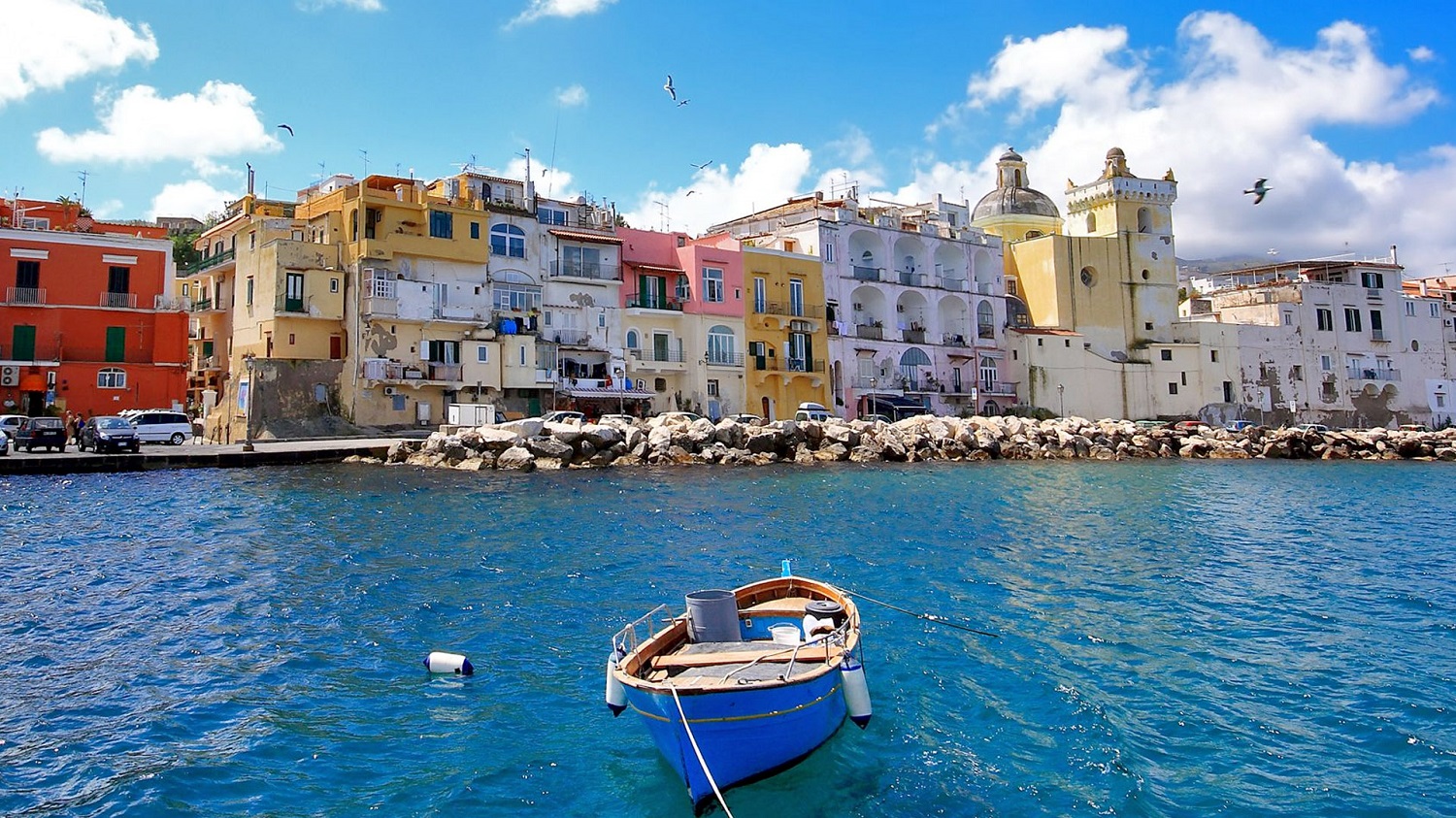
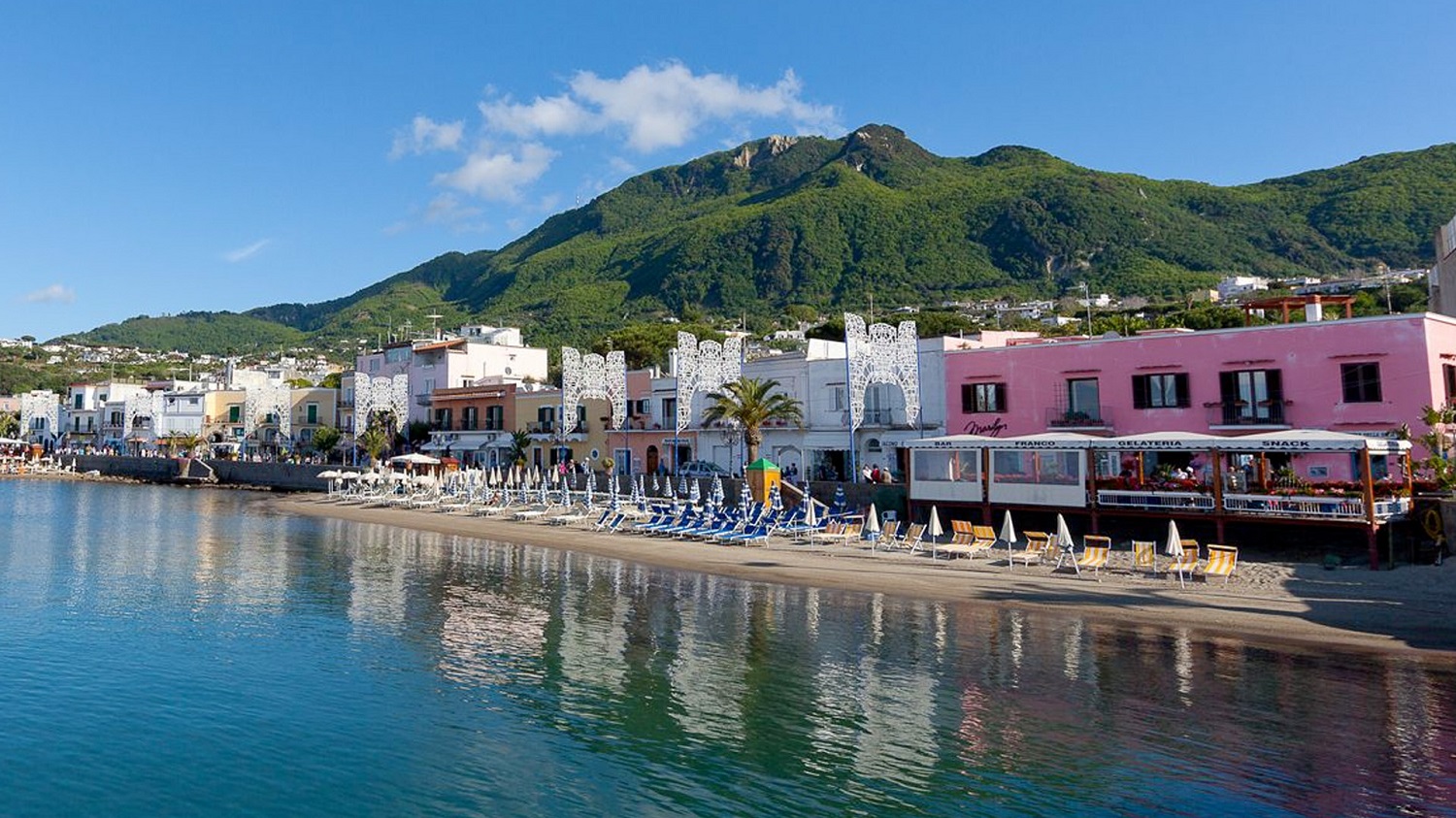
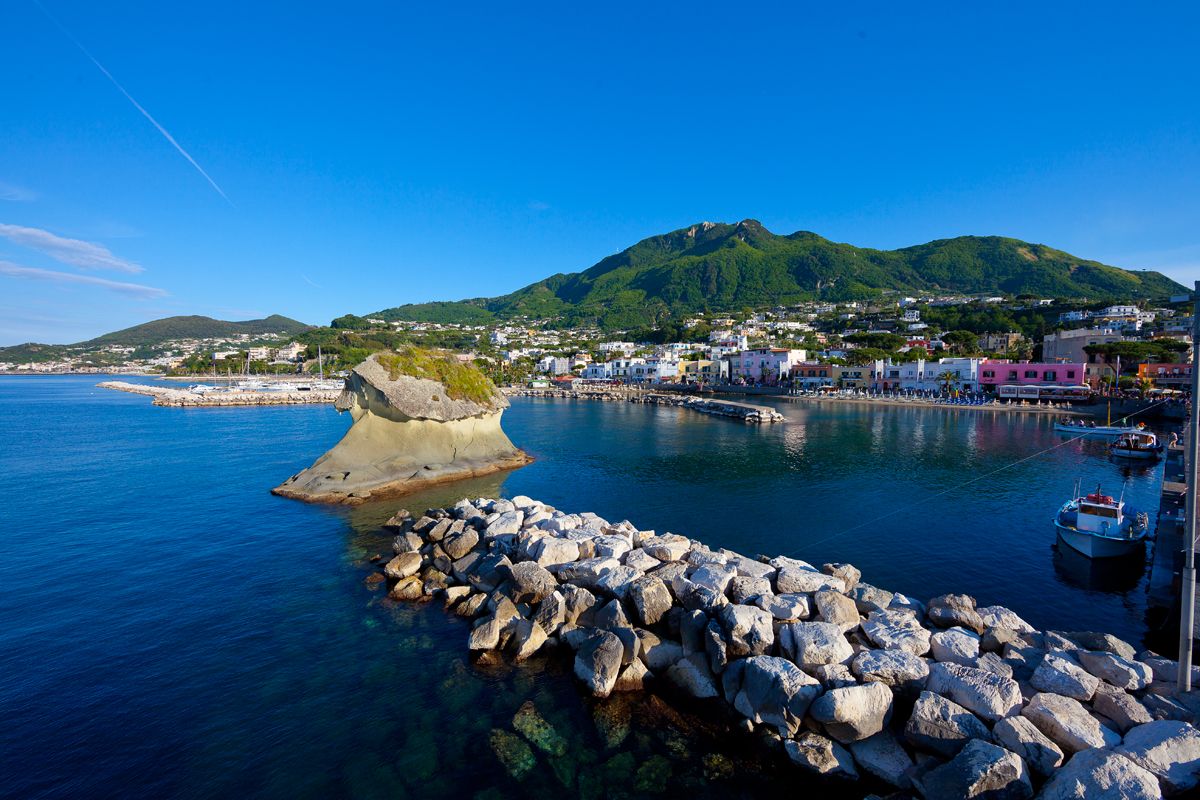
Il Fungo - The Mushroom
